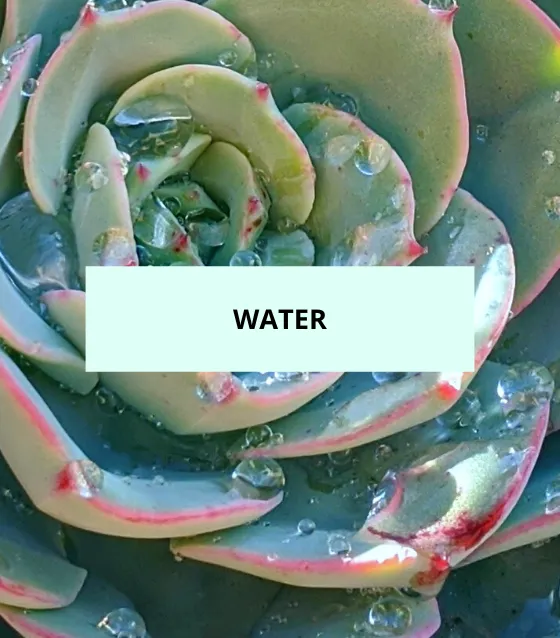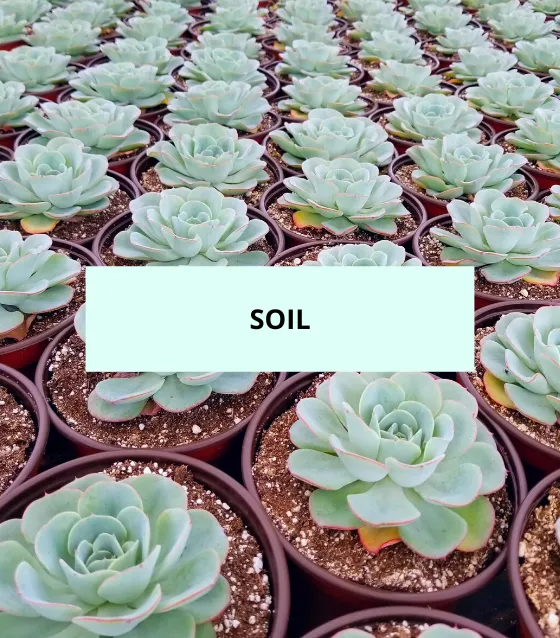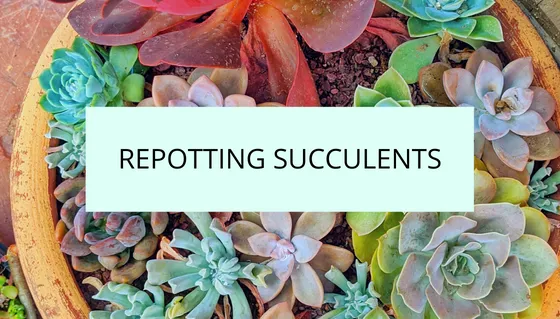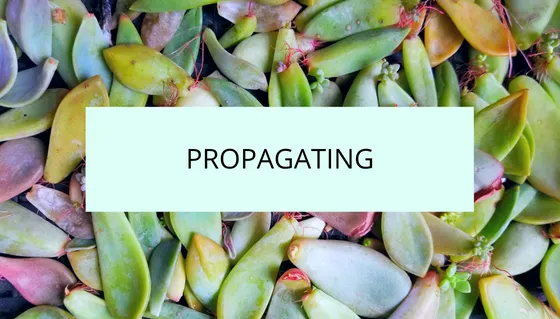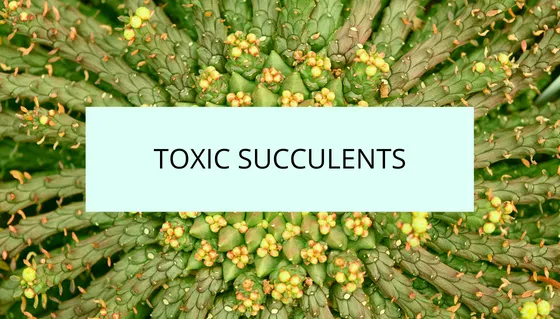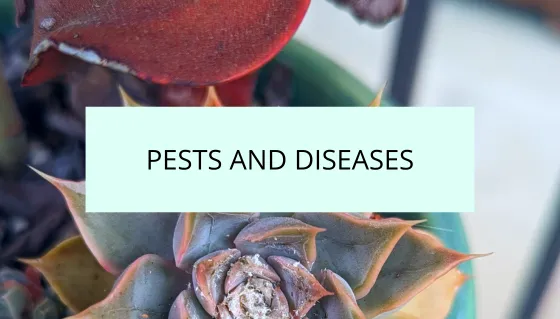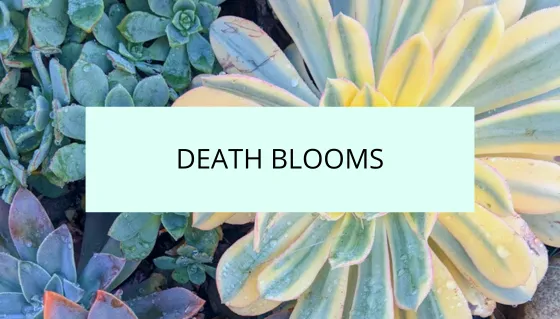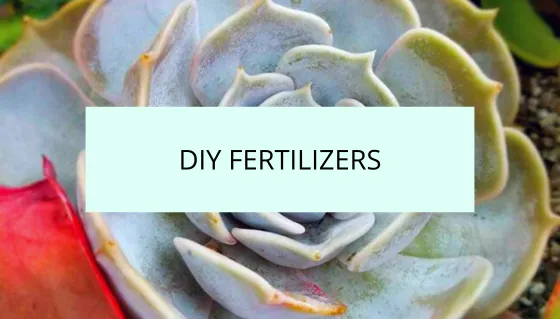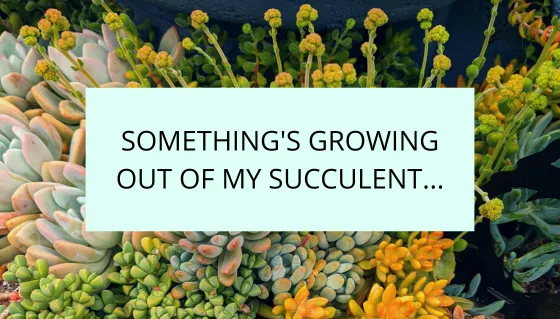Welcome to succulent.care! I’m Tracy and am just an obsessed succulent lover like yourself who is passionate about helping others learn how to care for their succulents. I’ve been just as frustrated as you’ve been when figuring out how to fix my plant problems so if you’re experiencing any trouble at all with your succulents or cacti, you’ll definitely want to stick around.
This site is filled with tips, tricks, and expert advice on how to keep your succulents healthy and happy. Whether you’re a seasoned green thumb or a beginner looking to add some water-wise greenery to your home, I’ve got you covered.
Latest Posts
- Senecio stapeliiformis

- Echeveria ‘Lime n’ Chile’



- Echeveria ‘Pollux’



- Echeveria ‘Pulv-Oliver’


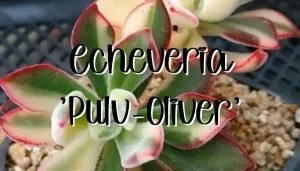
- Echeveria Moranii


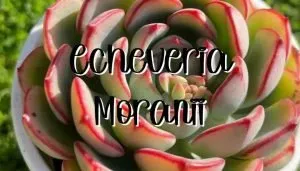
- Echeveria Etna



- Echeveria Gilva



- Adenium obesum ‘Desert Rose’



- Old Lady Cactus


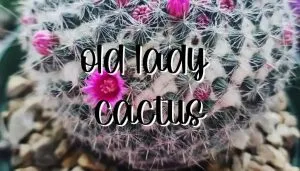
Top 3 Most Important Things to Know When Caring for Succulents
Once you’re a rockstar at the best practices with water, soil and light…
Once you’ve got the hang of watering your succulents and giving them the proper soil and light, a whole new world of succulent care opens up to you. You’ll be able to propagate your plants and create more of your favorite varieties to share with friends and family.


